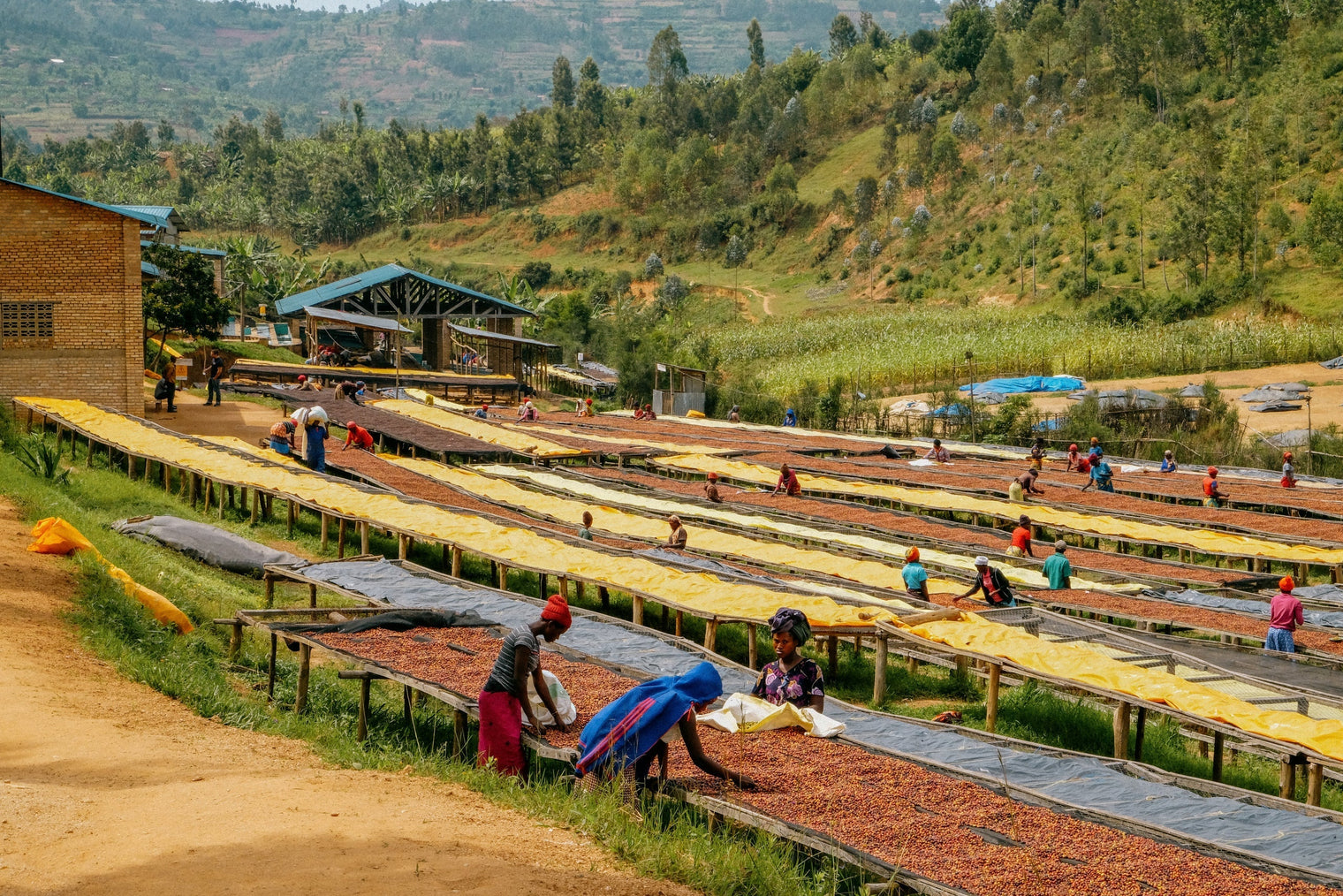Climate change, diseases, monoculture: Learn why coffee plants are threatened and what solutions farmers and researchers are developing.
Coffee is one of the most traded agricultural products in the world. But coffee plants are threatened with extinction . Climate change, disease, and genetic impoverishment are taking their toll. What does this mean for our beloved coffee—and what solutions are there to secure the future of this aromatic bean beverage?
1. The causes of the decline
Climate change: heat, drought, extreme weather
Arabica thrives ideally at 18–22°C. If temperatures rise to 24°C or higher, yields and bean quality decline. Added to this are more frequent droughts and heavy rains, which can shed flowers or wash away entire plantations. Forecasts show that by 2050, up to 50% of today's cultivated areas could become unsuitable for Arabica.
Diseases and pests
Coffee leaf rust and coffee berry borer spread faster in warmer regions. Without resistant varieties, farmers lose up to 70% of their harvest. Higher temperatures also accelerate the pests' life cycle—a vicious cycle.
Genetic impoverishment
Worldwide, approximately 60% of production is based on a few Arabica varieties, such as Bourbon and Typica. This genetic monoculture makes plantations vulnerable to disease and climate stress. However, wild coffee species carrying resistance genes are disappearing due to deforestation.
2. Consequences for farmers – and your coffee
Farmers lose income when yields collapse or entire plantations have to be replanted. For consumers, this means higher prices, a tighter supply, and a shrinking variety of tastes . Rarities could become true luxury items.
3. Solutions: From research to farm
Protect and research wild coffee
Organizations like World Coffee Research are collecting genetic material from wild species to breed robust hybrid varieties. In Ethiopia, in-situ reserves are being established to preserve natural populations.
Climate-Smart Farming
• Agroforestry systems: Shade trees reduce temperatures and increase humidity.
• Water management: Drip irrigation saves up to 50% water.
• Soil building: Compost and mulch improve resilience to droughts.
Breeding resilient varieties
New hybrids like Starmaya and Centroamericano combine Arabica flavors with the robustness of wild genes. Initial pilot farms report 30% higher yields with the same cup quality.
Transparent supply chains & fair prices
Higher farm revenues enable investments in sustainable practices. Models such as direct trade or fair trade ensure stable premiums. Both support farmers in their transition to climate-tolerant farming methods.
4. What you can do yourself
- Buy certified or direct trade coffees – this way more money goes into sustainable projects.
- Try new coffees made from robust hybrids.
- Minimize waste: Brew only as much as you drink and use coffee grounds as fertilizer.
- Support research – many roasters donate to projects like WCR for every kilo sold.
- Use a coffee subscription to continuously support farmers who focus on sustainable cultivation.
5. Frequently Asked Questions (FAQ)
Why does climate change affect Arabica more than Robusta?
Arabica requires strictly controlled temperatures and altitudes. Robusta tolerates heat better, but contains more caffeine and has a different flavor profile.
Are there already completely climate-resistant coffee varieties?
Not yet—but hybrids offer greater resilience. Research institutions are working on varieties that are better able to withstand heat, rust, and drought.
Do robust hybrids taste just as good?
Many new varieties score 85–88 points (SCA scale) in cuppings —clearly in the specialty range. The flavor may vary slightly, but remains complex and high-quality.
How quickly could coffee really become scarce?
Experts don't expect an immediate shortage, but price fluctuations and availability issues for individual varieties are likely. If we don't act, we risk massive long-term losses in diversity.
Conclusion: Share responsibility – secure the future
Coffee plants are threatened , but we can take action: promote research, support sustainable cultivation, and shop consciously. Every cup counts. If you have any questions, please contact us via the contact page . Together, we can ensure that high-quality beans continue to find their way into your cup tomorrow.




